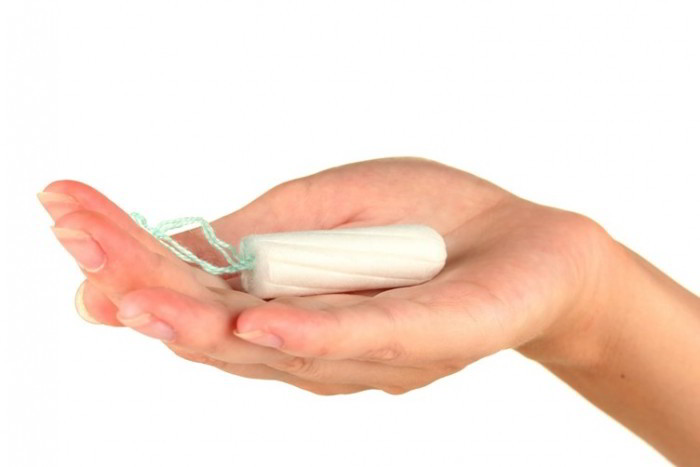Toxic shock syndrome is a septic type of bacterial shock, created not by bacteria multiplying in the blood but by a toxin produced by the common bacterium staphylococcus aureus and specific streptococcal bacteria.
When the bacteria multiply, considerable amounts of the toxin enter the blood and lead to the symptoms of shock. First described in the 1980s, 7 out of 10 cases were in women using highly absorbent tampons (now taken off the market), but hazardous shock syndrome (TSS) may also originate from skin wounds or illnesses caused by 5. aureus elsewhere in the body.
Along with the symptoms of septicaemia, a characteristic reddening of the palms and soles grows, with flaking two weeks after. Treatment is with antibiotics, occasionally by intravenous infusion. There appears to be an individual propensity to TSS, as it can return to girls who’ve had it. These girls, hence, should avoid using tampons, caps, diaphragms etc.


 (55 votes, average: 4.89 out of 5)
(55 votes, average: 4.89 out of 5)